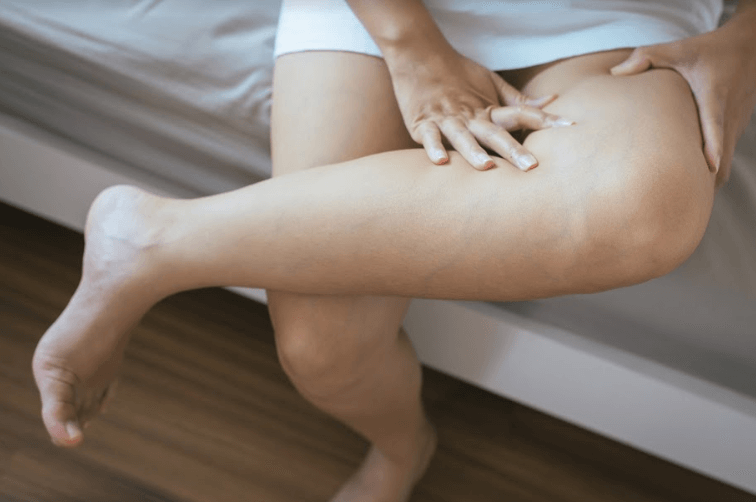Lymphedema refers to tissue swelling caused by an accumulation of protein-rich fluid that’s usually drained through the body’s lymphatic system. It most commonly affects the arms or legs, but can also occur in the chest wall, abdomen, neck and genitals. Lymph nodes are an important part of your lymphatic system. Any type of problem that blocks the drainage of lymph fluid can cause lymphedema.
Severe cases of lymphedema can affect the ability to move the affected limb, increase the risks of skin infections and sepsis, and can lead to skin changes and breakdown. Treatment may include compression bandages, massage, compression stockings, sequential pneumatic pumping, careful skin care and, rarely, surgery to remove swollen tissue or to create new drainage routes.
About Lymphedema
Signs
Lymphedema signs and symptoms include:
- Swelling of part or all of the arm or leg, including fingers or toes
- A feeling of heaviness or tightness
- Restricted range of motion
- Recurring infections
- Hardening and thickening of the skin (fibrosis)
Signs and symptoms can range from mild to severe. Lymphedema can be caused by cancer treatments that remove or damage your lymph nodes. Lymphedema caused by cancer treatment may not occur until months or years after treatment.
Four Stages
Lymphedema progresses through four stages.
- Stage 0 indicates a normal extremity clinically, but with abnormal lymph transport
- Stage 1 is early edema, which improves with limb elevation
- Stage 2 represents pitting edema that does not resolve with elevation
- Stage 3 describes fibroadipose deposition and skin changes
When to see a doctor
Make an appointment with your doctor if you notice persistent swelling in your arm or leg. If you’ve already been diagnosed with lymphedema, see your doctor if there is a sudden dramatic increase in the size of the involved limb.
Lymphedema can also occur about 4 to 6 weeks after surgery or radiation and then go away over time. The most common type of lymphedema is painless and may slowly develop 18 to 24 months or more after surgery. It does not get better without treatment.
Looking for a NJ Podiatrist to Treat Lymphedema in the Leg?
Dr. Manooj Prasad at Garden State Foot & Ankle Group of Toms River is a highly-experienced podiatrist with an ardent mission to help those suffering from foot, ankle, and lower leg issues. He offers personalized care while considering each patient’s individual lifestyle needs so that the best possible treatment can be administered. Based in both Essex County and Ocean County in New Jersey, service towns include Jackson, Belleville, Roseland, Point Pleasant, Cedar Grove, Livingston, Millburn, Short Hills, Lakewood, Ocean Gate, Lakehurst, Toms River, Montclair, and many more! For more information, you can contact us today at (732)557-9900 (Toms River) 973)450-3035 (Belleville) or explore our website.

0 Comments